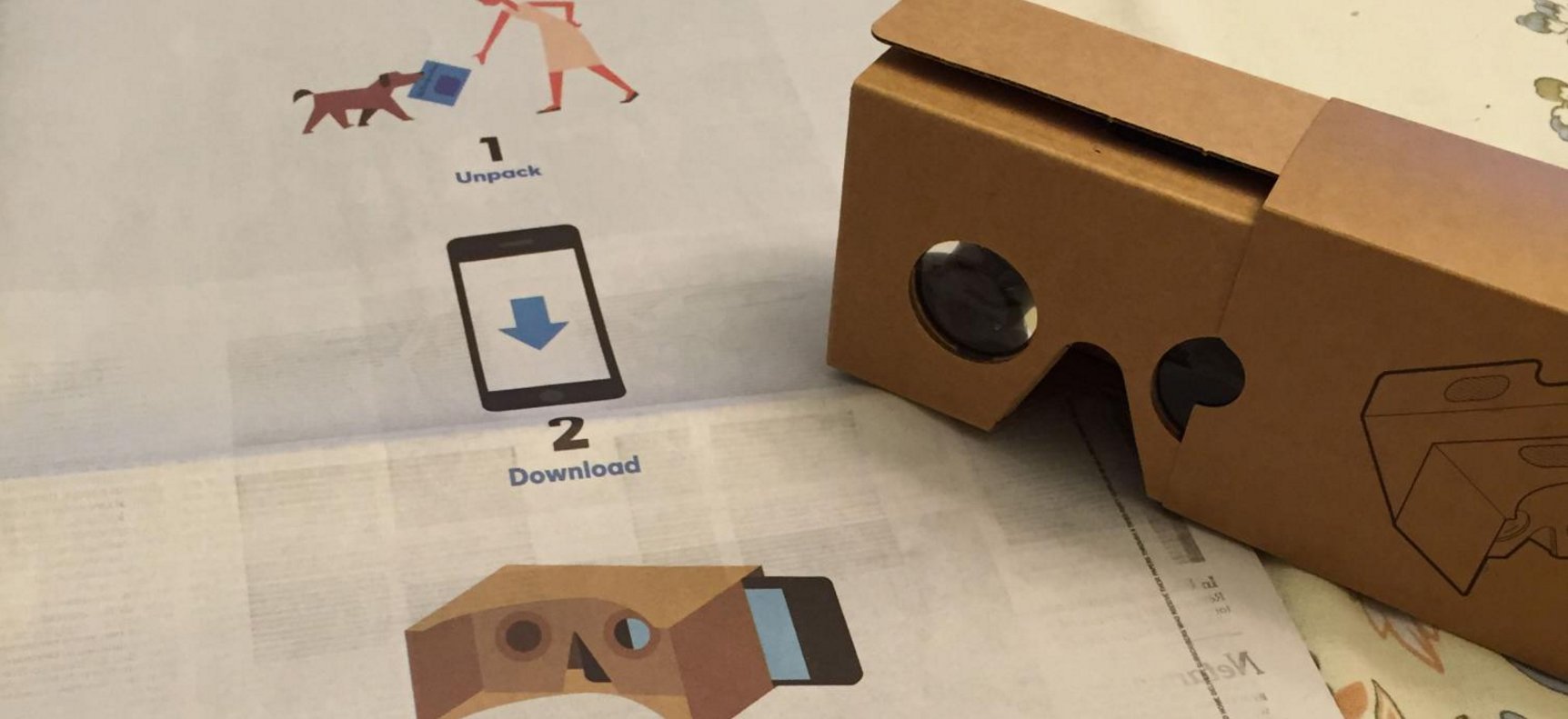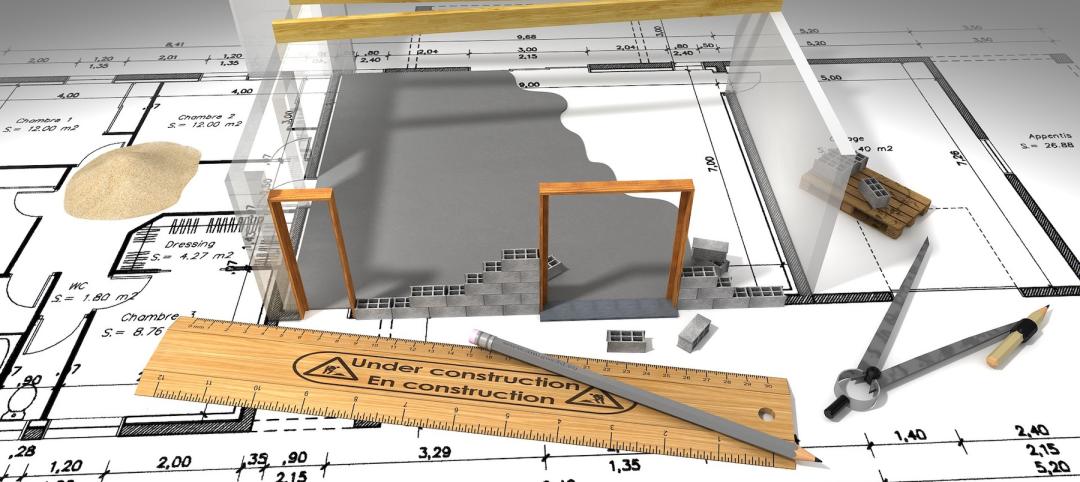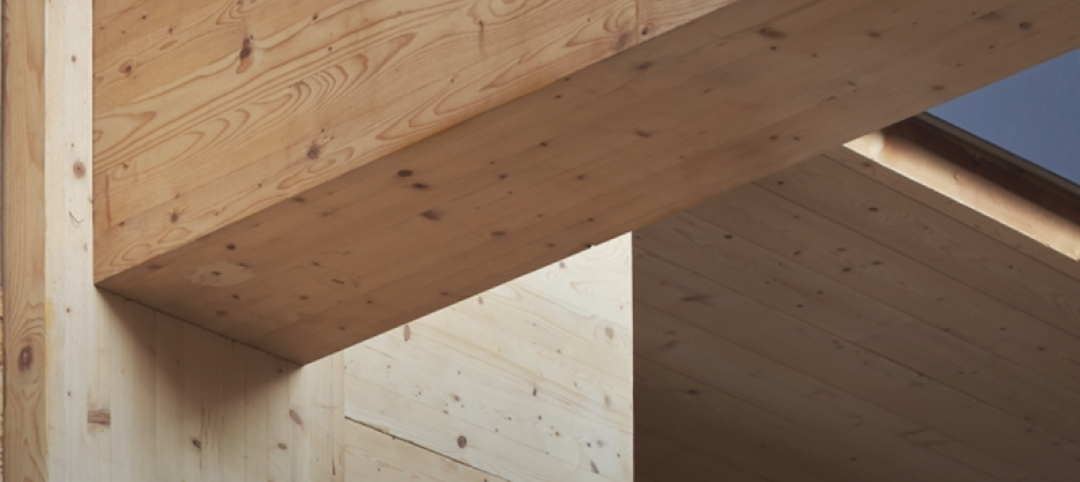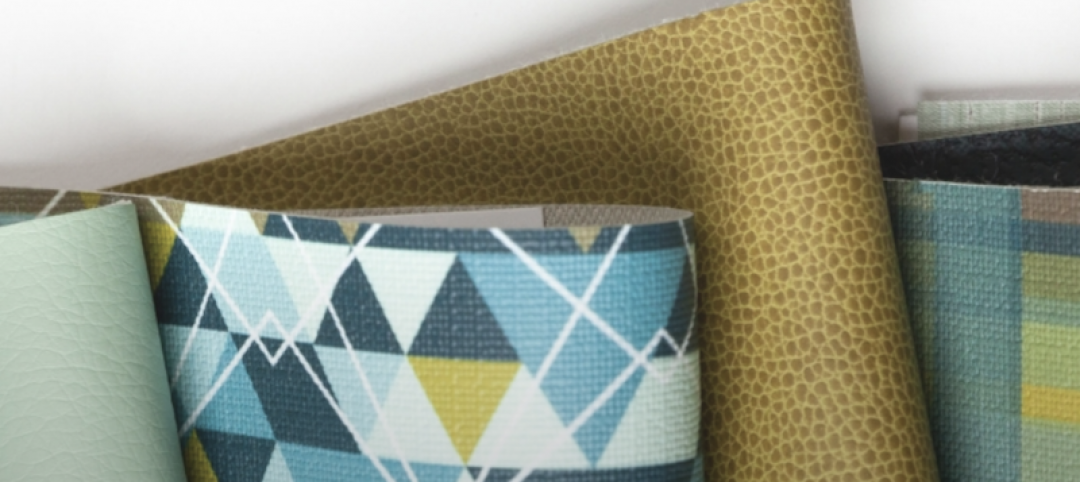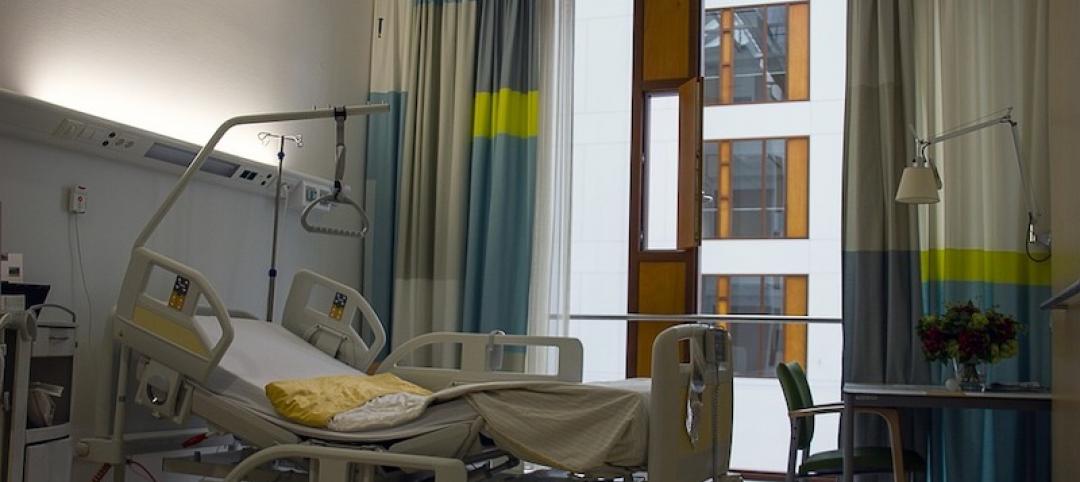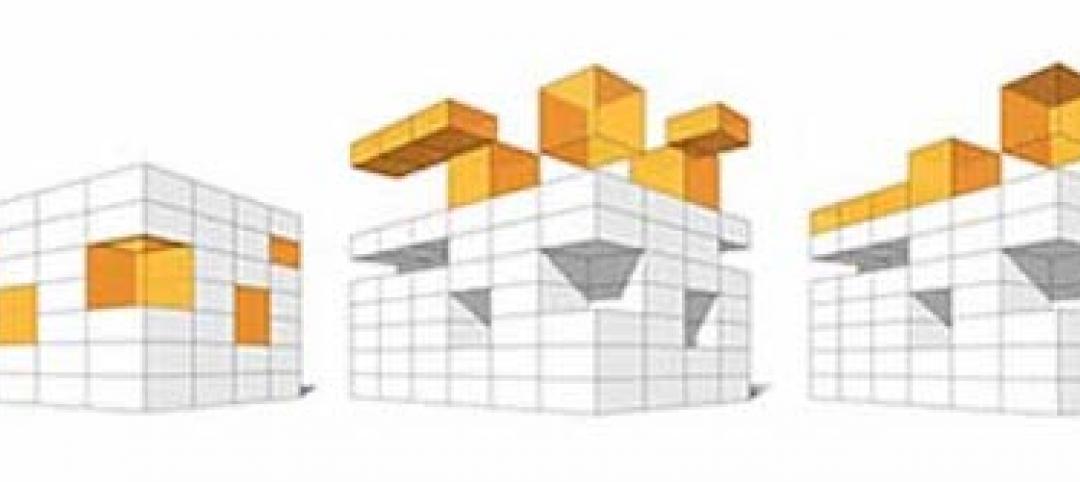What is the scariest moment when you’re in a discussion with 30+ people about a new topic? Is it learning about what people think? Realizing no one knows what they’re talking about?
For me, it’s trying to bring something “out there” to the conversation that will knock everyone’s socks off.
These moments are memorable. For example, I recently stopped myself mid-conversation when I realized that if I continued my thought, I would negate the reason we were discussing the topic of designing a new facility altogether.
We were discussing workplace strategies. Someone chimed in that we should think past the Millennial Generation Y—to the following generation, Generation Z! I quickly agreed, “Yes, Generation Z is the Digital Generation. The investment you are making in this new facility will accommodate those who are in diapers today; who will have grown up with a rattle in one hand and a handheld electronic device in the other.”
'My crystal ball thinks Digital Generation Z will be followed by Virtual Generation Z+. If my forecasting is correct, there may be no need to spend the capital to design new buildings.'
It was an appropriate focus for the client’s core mission, built upon technology and security. A huge leap and cultural change, the group was getting somewhere, thinking about their own mission and goals instead of cool, glossy-published, conference-presented office trends.
But that’s where I stopped myself mid-thought. Because my crystal ball thinks Digital Generation Z will be followed by Virtual Generation Z+. If my forecasting is correct, there may be no need to spend the capital to design new buildings.
One might think this is too out there, but this weekend Google and the New York Times sent Virtual Reality (VR) cardboard devices with the newspaper, allowing subscribers to download an app and experience VR in the comfort of their own homes.
If this isn’t influencing the future, what is?
It’s not inconceivable, if I am correct, that the generation after next, the “Virtuals,” will work from home (or anywhere else) and use VR to plug in to an employer’s virtual work environment.
What does this mean to current discussions? Users and clients need to push the envelope and discuss what will bring the Virtuals to the “office.”
Think social. Future facilities will be based solely on whatever it takes for an employee to network with others, gather with large groups to be informed, and, most importantly, to socialize: eat, drink, and even work out together.
Can’t wait!
About the Author: Rachel Park is a Strategic Facilities Planning Principal based in HDR’s Princeton, N.J., office. She graduated from Cornell University with a degree in Strategic Facilities Planning and Design & Environmental Analysis; since then she has spent over twenty years working in-house for Fortune 500 companies and within architecture firms, gaining experience on both the service and the client side.
More from Author
HDR | Jun 30, 2022
Adopting a regenerative design mindset
To help address the current climate emergency, a new way of thinking across the entire architecture, engineering and construction industry is imperative.
HDR | Jan 11, 2022
Designing for health sciences education: supporting student well-being
While student and faculty health and well-being should be a top priority in all spaces within educational facilities, this article will highlight some key considerations.
HDR | Sep 28, 2021
Designing for health sciences education: Specialty instruction and human anatomy labs
It is a careful balance within any educational facility to provide both multidisciplinary, multiuse spaces and special-use spaces that serve particular functions.
HDR | Aug 20, 2021
Prioritizing children’s perspectives with play-based design charrettes
Every effort is made to assure that captured insights and observations are authentically from the children.
HDR | Sep 25, 2020
Performance-based textile cleaning and disinfection in the age of COVID-19
It is essential for both designers and environmental services to know the active ingredient(s) of the cleaning products being used within the facility.
HDR | Jan 27, 2020
Elevating the human experience in public realm infrastructure
Understanding the complexities of a community by pairing quantitative data and human needs.
HDR | Oct 2, 2019
Why mass timber?
In a world where the construction industry is responsible for 40% to 50% of CO2 emissions, renewable materials, such as wood, can help mitigate the rate of global warming.
HDR | Aug 23, 2019
5 converging trends for healthcare's future
Our solutions to both today’s and tomorrow’s challenges lie at the convergence of technologies, industries, and types of care.
HDR | Dec 18, 2018
Redesigning the intergenerational village: Innovative solutions for communities and homes of the future
Social sustainability has become a central concern in terms of its effect that spans generations.

